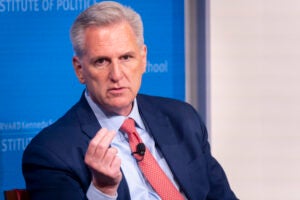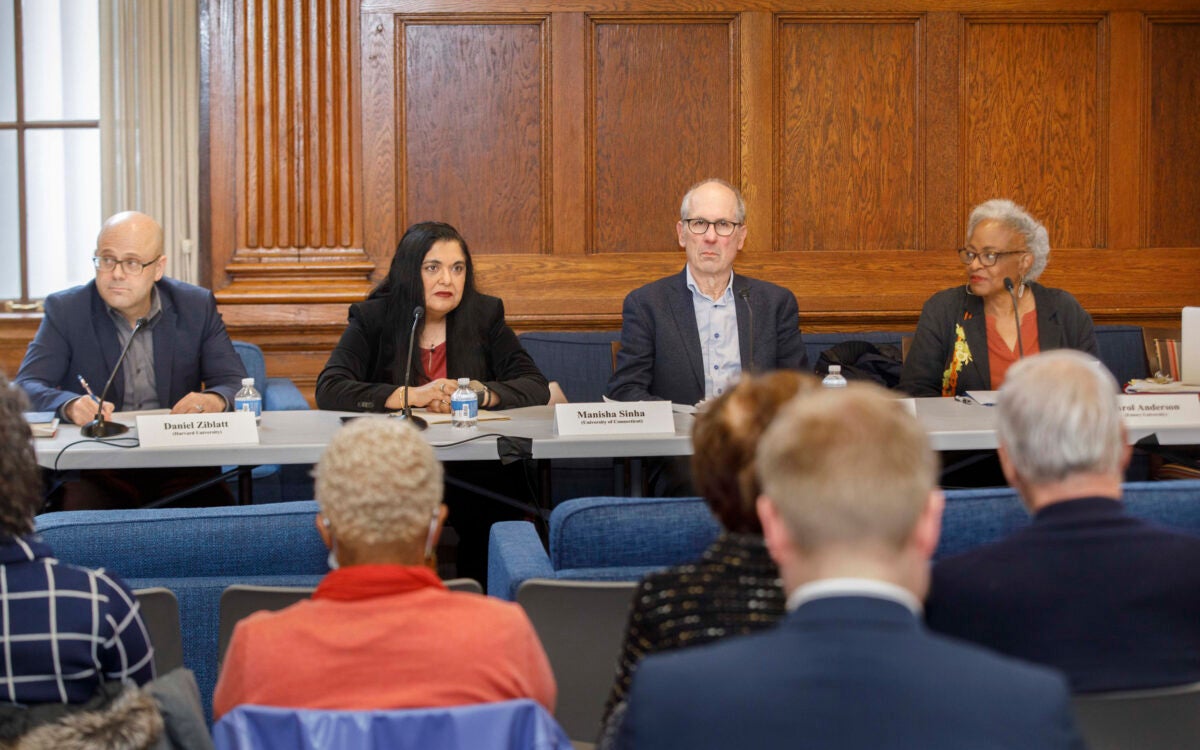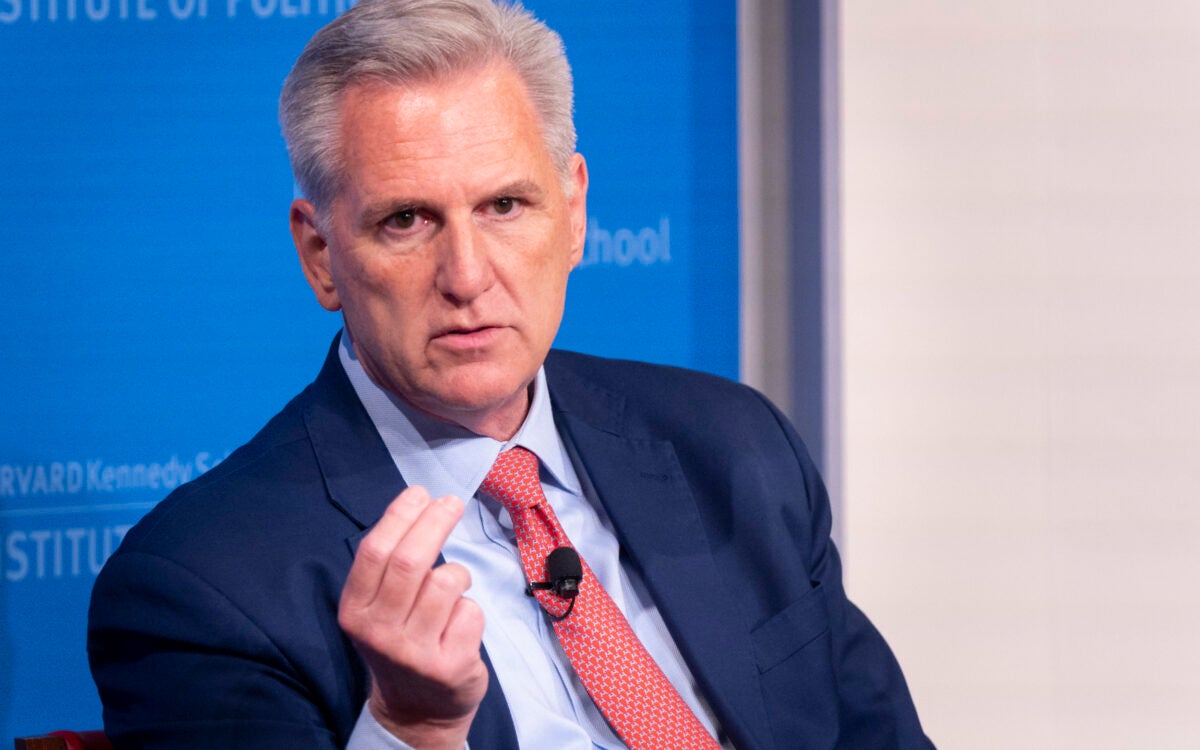‘Inventing Equal Opportunity’
Human resource managers, not legislatures or courts, defined equal opportunity, discrimination in the workplace
New research from Harvard University traces the history of how human resource managers, not legislatures or courts, have defined equal opportunity and anti-discrimination policies in the workplace.
Frank Dobbin, professor of sociology in Harvard’s Faculty of Arts and Sciences (FAS), is the author of “Inventing Equal Opportunity” (Princeton University Press, 2009), which examines the way that personnel managers have determined practices for creating workforce diversity, and how top companies’ policies have gone on to be upheld by the courts. Many of these policies have emphasized process over outcomes, allowing programs to flourish whether or not they produce measurable results, says Dobbin.
“While most of us believe civil rights law came from the courts and from Congress, beginning with the Civil Rights Act in 1964, most of the work of defining discrimination has been done by personnel managers and now human resource managers,” says Dobbin.
In his sociological history of equal opportunity initiatives, Dobbin explains that anti-discrimination laws passed in the 1960s were weak and vague, and firms were left to invent what equal opportunity would mean in practice.
Opponents’ efforts to weaken the Civil Rights Act actually created an opportunity for firms to compose their own policies to define and eliminate discrimination. Most of the policies and procedures adopted by firms were later endorsed by the courts, says Dobbin, and the courts often looked to equal opportunity protocols from leading companies as models for fostering diversity. In this way, equal opportunity came to be defined through “best practices,” rather than through practices proven to increase workplace diversity.
Many of the policies that were promoted to fight bias, such as salary classification systems, performance reviews, and rules about job posting, have become so taken for granted that we forget that they were popularized as anti-discrimination policies, Dobbin writes. These initiatives were put into place in most companies to create companywide criteria for hiring and promotion. More recently, practices such as diversity training and protocols for filing grievances about discrimination and harassment have come to the forefront of the field.
By upholding the policies of prominent employers, the courts have fostered the spread of similar equal opportunity policies across firms and industries. However, judges seldom require employers to demonstrate that their programs have a measurable impact on workplace diversity.
“The best practices, or the practices of the leading companies, have defined what discrimination is and isn’t, rather than evidence from studies demonstrating the impact of these programs,” says Dobbin. “Whether a diversity innovation catches on depends more on whether it is embraced by leading firms than on whether it helps to improve opportunity.”
In his research, Dobbin conducted in-depth interviews with human resource managers to trace the “life history” of a company’s equal opportunity initiatives. In the book, he analyzes the histories of specific companies such as Lockheed Martin and General Electric, which were early leaders in developing equal opportunity practices, as well as statistical data from confidential surveys of more than 1,000 companies.
In his current research Dobbin is evaluating the effectiveness of different equal opportunity programs to show which result in greater workplace diversity.
“I think that we are going to continue to see the spread of practices that are unproven, until either the courts or human resources professionals take a more evidence-based view,” says Dobbin. “The issue is that best practices are defined not on the basis of evidence, but on the basis of what the hot companies are doing.”




